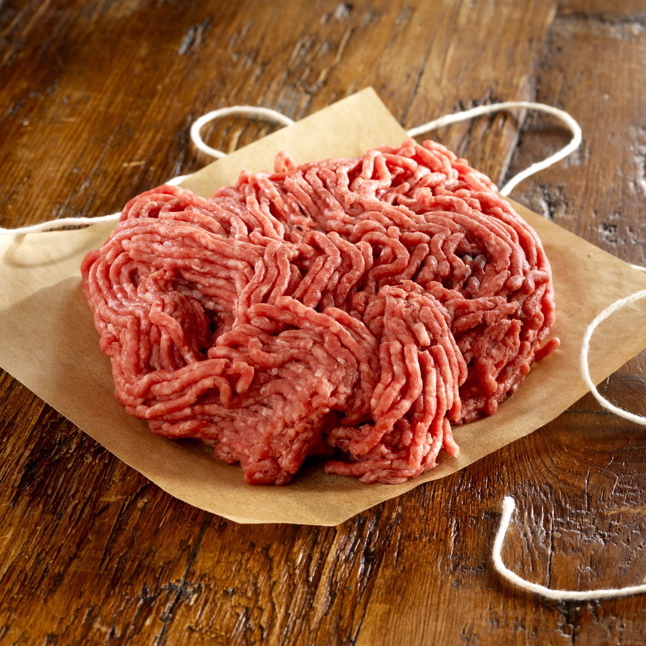I tend to like articles about food. More specifically, food facts and myths. I've sprinkled my blog, Life's Gristle, with articles about food myths. So when I came across an article in Cooking Light magazine listing the 22 most common nutrition mistakes, I immediately broke out the post-it flags to write for Women Who Do It All.
When I began my fitness journey, I thought I knew what 'nutritious' meant. I was dead wrong. Turkey isn't necessarily better, fruit breaks down into fat and peanut butter is NOT a protein, it's a fat.
I soon discovered that there were many myths about nutrition, and this new article broke it down even further, and I'd like to share some of the more interesting tid-bits I read.
While cooking, you eyeball the oil, the salt, the sugar...
Result: You're adding more sodium and calories you might think.
Cookbooks call for swirls, coatings, even 'glugs' of olive oil. Others, more precise, call for a teaspoon or tablespoon-but it saves time to just guess. (We've all watched Rachel Ray pour mounds of seasonings into her hand.) Our experiments with guesswork show that most people over pour common foods and liquids. The difference between a teaspoon and a tablespoon of any oil is 80 calories and 9grams of fat. The difference between a half-teaspoon and a teaspoon of salt is about 1,200 milligrams-half the daily recommendation.
What to do: Measure
Quiz:
What cooking oil has the most calories?
A. Olive
B. Canola
C. Corn
D. Vegetable
Answer: They're all the same

You swap ground turkey for ground beef in recipes to save saturated fat.
Result: Unless you're careful, not much savings over lean beef.
Turkey breast is lean, but dark meat isn't, and some ground turkey contains both. A quarter pound of regular ground turkey contains 3g of sat. fat. Compare that to only 2.5g in the same amount of sirloin. Ground turkey breast, on the other hand, has just half a gram of sat. fat, so the right cut of turkey is a significant fat cutter.
What to do: Read the label and by the lean.

You're on a veggie kick, boiling lots every night.
Result: Vitamin-rich pot water.
Dropping foods that are rich in water-soluble vitamins ( like the Bs, C, folate) into cooking water leaches some of the vitamins. That's fine for a soup or stew, less so if you're draining the veggies.
A Danish study found that boiled broccoli retained only 45% to 64% of its vitamin C after 5 minutes of boiling; steamed broccoli kept 83% to 100%.
What to do: Haul out the old steamer. If you microwave, that is also acceptable.

You pick brown eggs over less-nutritious white.
Result: Up to a 25% price premium paid for what is, basically, an aesthetic choice.
Even in the era of omega-3 eggs, brown eggs retain a certain rustic allure. But a large brown egg contains the exact same proportion of white and yolk, and the same nutrients, as a white egg. Brown eggs simply come from a different breed of hens, which are often bigger birds and require more feed than standard white-egg-laying Leghorns. Those costs are usually passed on, adding to brown eggs' "specialness."
What to do: choose by wallet or style sensibility, either way, you'll pick a good egg.

You leave your hot cereal eating to the weekend, when you can slow cook some steel-cut oats.
Result: You bypass one of the easiest ways to get whole-grain, fiber-rich goodness.
Turns out an oat is an oat is an oat, whether it's steel cut from the original groat, or rolled flat and even presteamed so that it will cook in 90 seconds rather than 15 minutes or more. Flattening and steaming does not remove whole-grain benefits, so you can get all of the vitamins, minerals, antioxidants, and oaty fiber. Yes, the steel-cut variety is nutty, chewy, and delicious, but instant is so darned weekday convenient.
What to do: Embrace all oats. (Pre-packaged flavored oats can contain a lot of added sugar and salt.) See my recipe for my favorite protein oat cereal that I eat every day here.

You drink soy milk for the calcium, but don't shake it.
Result: When sludge forms on the bottom of the carton, you toss it-and a whole lot of good-for-you calcium goes down the drain.
Calcium added to soy milk is good for bones. But it tends to settle, and then can be quite tough to redistribute into the milk. According to a study from Creighton University in Nebraska, fortified soy milks may deliver only 25% to 79% of the promised calcium, depending on the type used and the way it's added. In cow's milk, by contrast, calcium is natural dispersed throughout the liquid.
What to do: Shake the soy milk each time. And consume calcium from a variety of sources to get the full amount you need daily: 1,000 to 1,200mg.
Thanks for reading!
:)
Marcy
![[profile-pic.jpg]](https://blogger.googleusercontent.com/img/b/R29vZ2xl/AVvXsEgKOImyXEDVRXpsvUSQByMTvkQy8MG1eTmHoV8uMgut7dpYONQ_snK8PcMXCj52D0tbiMRupkNIXKdY6pHGNiZh2yWMGA-dEjChH_v04kzteMyRf7NSSMfXlg376bSWmOlsV0QdhgGB2SA/s220/profile-pic.jpg)

OMG! I'm so glad I read this...great facts!
ReplyDeleteAlso--where did you find those measuring spoons!? I want them! LOL
You're lucky! A happy momma with two cute angles in a good country that loves living and taking care from her children and spending time on internet and blogging and...
ReplyDeleteIt was the first time I came here and I enjoyed reading you're notes.